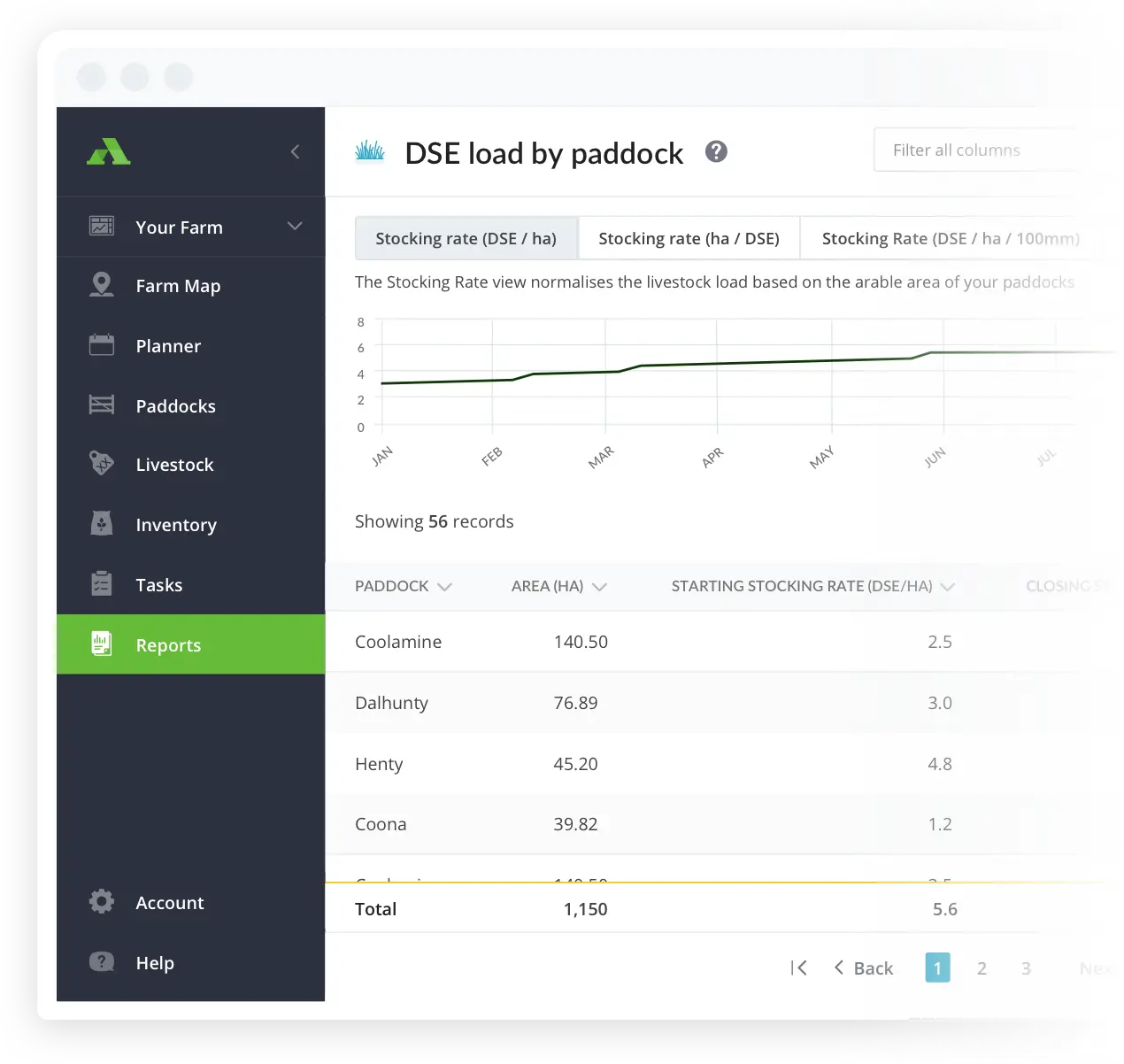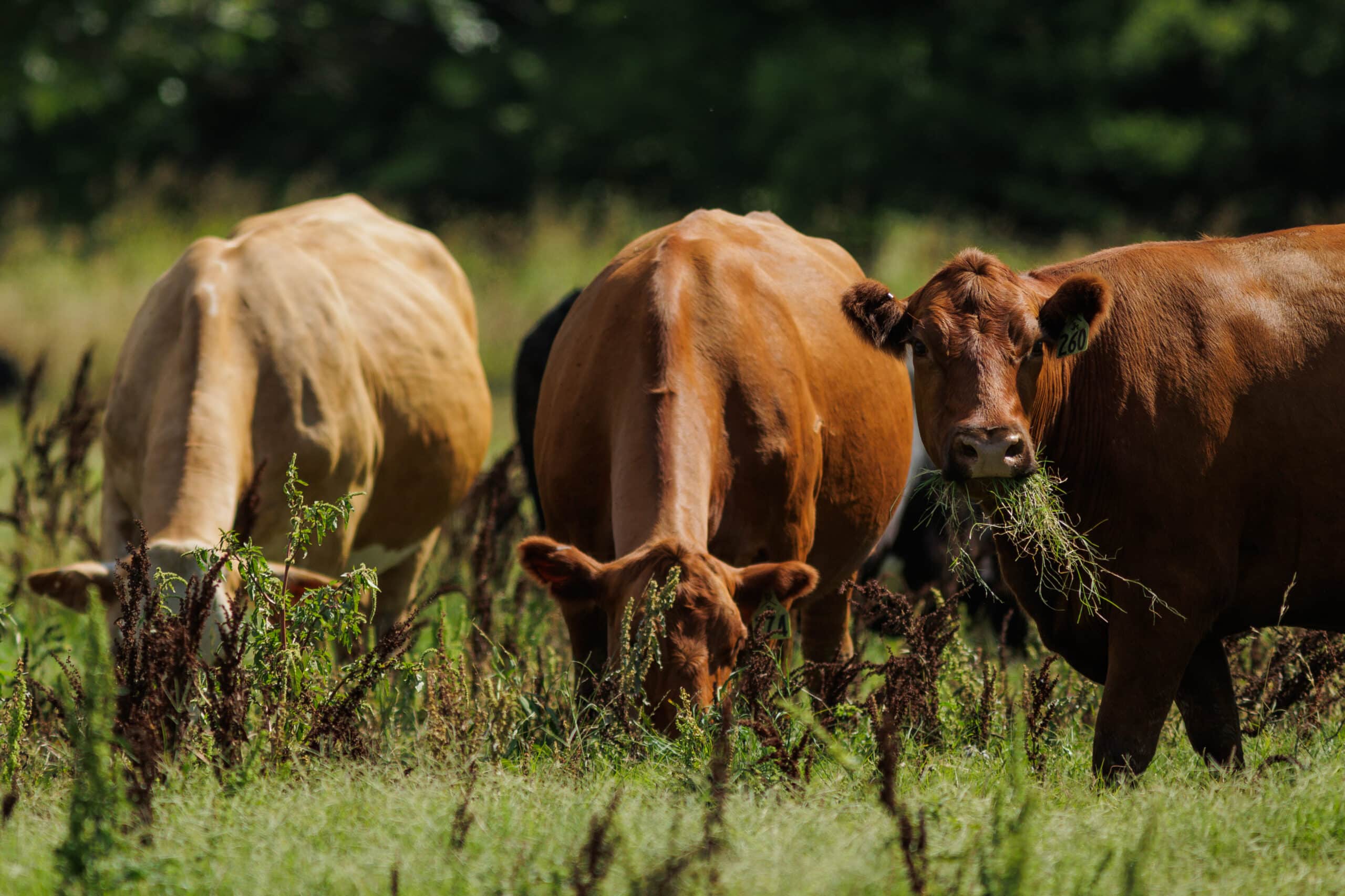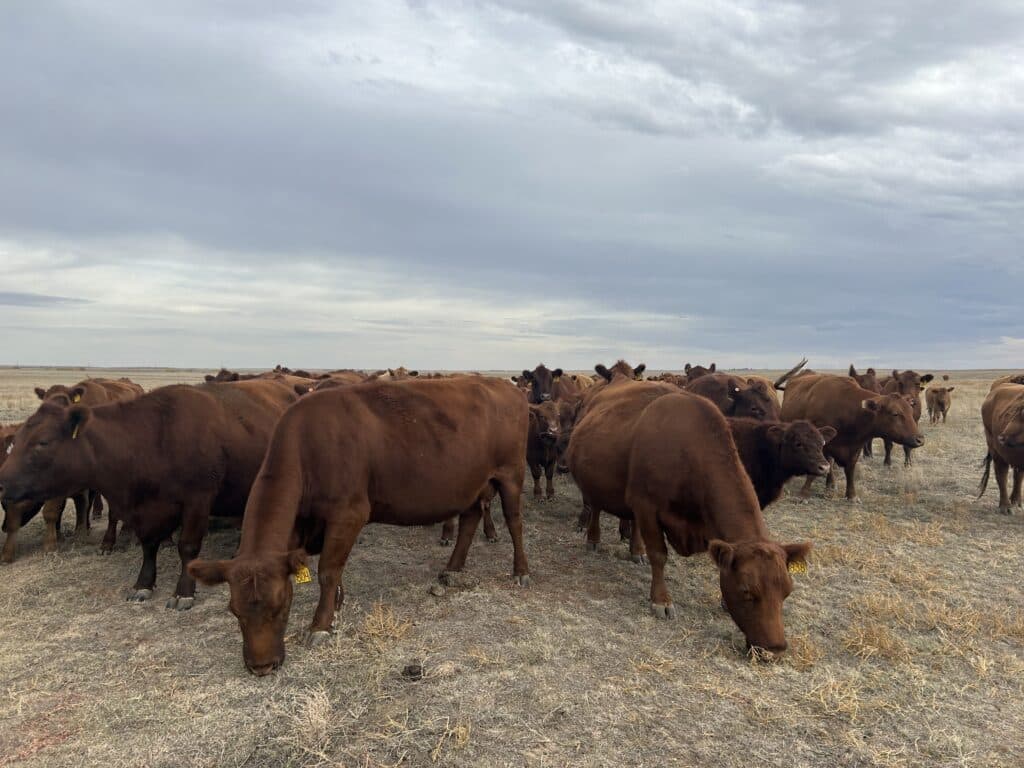8 AgriWebb reports to help you level up

Do you feel like you should be doing more with AgriWebb but don’t know where to start? Then you’ve come to the right place! We’ve been making updates to our reporting features with the hope that we can make your lives that little bit easier. Below, we’ll run you through the top 8 reports or insights you should know about to get the most out of AgriWebb.
Trading & Reconciliation reports
Make livestock reconciliation easy:
- View your fluctuating stock on-farm at any given time. Instead of having this data spread out across spreadsheets, sale records and purchase invoices, you now have one consolidated report.
- Assess how your business has performed in previous seasons. Using this report you can also analyse the change in inventory based on seasonal conditions.
- Get better insight into sales, purchases and deaths
- To look further into the change in livestock inventory on farm you can go to the specific reports and view a snapshot of performance
- Sale Record Report – total value sold, average $/kg
- Purchase Record Report – price/hd, average purchase weight
- Death Record Report – cause of death, death % across herd
- Know your average weights on the go [Individual animal management]
- Get a quick snapshot of average animal performance by paddock, by age class or management group
- Easily access groups of animals’ last weights and estimated current weights in their paddocks, so you can plan and make selling decisions
- Understand your paddock performance by monitoring assumed weight gains vs actuals.
- A powerful feature to see the progress of animals across your operation
Breeding reports
- Mob Fertility reporting [Mob management]
- Understand how your mobs are performing over time by looking at reporting on all of your joining, scanning, marking and weaning records by maternal breed, age-class and tag colour.
- Dam performance report & offspring by dam [Individual animal management]
- The performance of a livestock breeding enterprise hinges on the genetic bloodlines of the animals being bred. The dam performance report collates offspring and dam performance to give an overview of which individuals are over or under performing based on fertility or reproductive traits.
Grazing reports
(**Note: grazing reports are only currently available for performance plans and above)
- Grazing DSE (dry sheep equivalent) load by paddock [Individual animal management/Mob management]
- This report can help give you an understanding of the production capability of a paddock. It can help identify how well a paddock can recover in regards to its stocking rate. For example, if you know that for the Spring months you had an average of 15 animals per hectare you can compare that to the FOO (feed on offer) in the paddock and determine whether it can carry more or less stock in other seasons based on your target minimum feed on offer.
- Map Insights – FOO, Grazing Days Remaining, Days Since Grazed [Individual animal management/Mob management]
- Access grazing insights such as FOO, grazing days remaining and days since grazed on your farm map at the touch of a button. This can give you a snapshot on which paddocks are reaching stocking capacity and which paddocks are ready for rotation.
- Note: To dive deeper, go to your desktop for a more detailed grazing report.
- Feed report [Individual animal management/Mob management]
- To look holistically at feed costs & quantity per head you should look at your feed report.
If you have questions about where to find any of these reports, please contact our customer support team 02 8417 3054. To find AgriWebb reports, go to the Web App and click Reports in the main menu.


